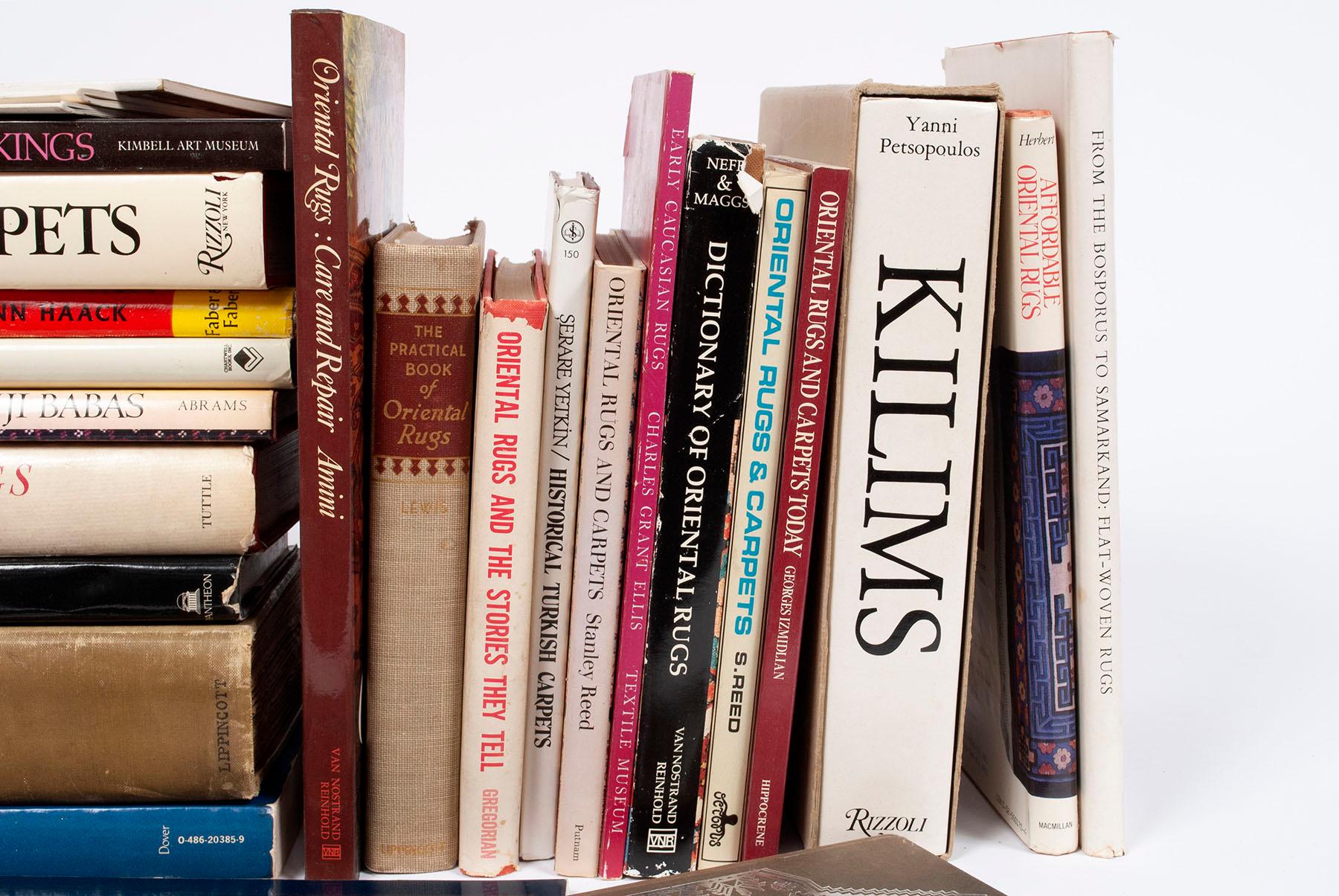Afghan rugs or carpets are hand-woven rugs that originate from Afghanistan, mainly from the northern and western regions, where various ethnic groups such as Pashtuns, Turkmen, Hazaras, Uzbeks and Baluchis live and practice the art of rug weaving.

The Cities that Produce Afghanistan Rugs
Most of the Afghan rugs are produced in the country's northern provinces. Andkhoy in Faryab, Balkh, Kunduz, Samangan and Sheberghan produce most of the Turkmen rugs of Afghanistan. In the southwestern regions of Kandahar, Nimroz and Farah, rug weavers weave Baluch or Baluchi rugs.
Rug weavers in the provinces of Bamyan and Ghazni in the central regions of Afghanistan produce many modern rugs and carpets. Also, in recent years, after the return of Afghan migrants from Iran, craftsmen brought the art of Iranian rugs as a souvenir to Afghanistan.
Since there are many groups and tribes in Afghanistan, each with its own design and weaving techniques, there is no single rug design that can represent all Afghan rugs.
Related: Types of Persian Rugs

History of Afghan Rugs
The Soviet Union forces invaded Afghanistan in December 1979 in support of the ruling communist regime. Many of the rural people joined the armed resistance against the occupying forces and the ruling regime, and the war disrupted the production and, marketing and distribution of Afghan rugs in Afghanistan.
Most reports on the production and market of Afghan rugs date back to before the war. After the fall of the communist regime, internal conflicts over the rule of Afghanistan and the rise and fall of the Taliban also caused the production of Afghan rugs to stop.
In 2008, 2013 and 2014, Afghan rugs won international awards at the Hamburg exhibition in Germany for their 100% natural colors and beautiful designs.

Features and Techniques of Afghan Carpet Weaving
The quality of Afghanistan rugs can vary from coarse to medium, depending on the weave.
Afghan rugs are made of Persian knots, and their standard knot is asymmetric.
These rugs are mainly made of Afghan wool that is hand-spun and dyed with plant colors.
The dominant color of old Afghan rugs is dark red and copper, while newer rugs are burgundy.
Afghan rugs are often woven on horizontal looms, but some weavers have also recently used vertical looms.
Afghan rugs and carpets are made in different sizes, but most of the products are small.
Related: Types of Knots in Persian Rugs

Types of Wool in Afghanistan Rugs
Four types of wool are commonly used in Afghan rugs. Each of these types of wool determines the durability, number of knots per square inch and softness of the carpet. The most common of these wools are:
- Ghazni wool
- Velayati (Provincial) wool
- Merino sheep wool
- Belgian wool
Ghazni wool
Ghazni wool is a famous wool that comes from the Ghazni region of Afghanistan.
What distinguishes this wool from other types of wool is the spinning process. The wool is spun by hand after cutting and washing. In the hand-spinning process, craftsmen try to thin the wool by spinning it a lot. After the wool thread is spun, the thread is dyed with natural patterns.
(Note: Due to the hand-spinning process, some parts of the thread contain a little color and some additives. This defect creates a unique effect that is known as abrash.)
Related: What is Abrash in Rugs?
Velayati Wool
Kunar is one of the mountainous and forested provinces in eastern Afghanistan and has been a center of trade for jewelry, wool and agricultural products since the ninth century AD.
The wool from Kunar province is soft, delicate and lustrous.
Merino sheep wool
Merino wool, also known as Pakistani wool, is commonly used in Afghan rugs.
Merino wool thread is machine-spun, so it absorbs all the colors. That is, it is not affected by abrash. Merino wool is soft and shiny like silk, but it does not have the durability of Ghazni wool.
Belzhik (Beljik) wool
Beljik wool is a high-quality wool that is imported from Belgium to Afghanistan. This wool has four essential features in rug yarn: softness, silkiness, lightness and durability. It also allows craftsmen to weave rugs with a high number of knots per square inch and increase the quality of the carpet.
In recent years, this wool has become popular for hand-woven rugs in Afghanistan, and it is the most expensive type of wool there.
Designs and Types of Afghan Rugs
Afghan rugs are woven in more than 30 designs and types. Some of the most famous and beautiful Afghan rugs are: Turkmen, Kazakh, Bamyan, Mazar, Aqche, Jowzjan, Chobrang, Gulberjeste, Zahir Shahi, Mashwani, Khal Mohammadi, Gulmori, Chubash, Qarqin, Herati, Baluchi, Dotar Gul, Qizil Ayak, Saruqi, Adraskan, Vase Barkley, Pileted Flower Rugs, Tatarrang, Khwaja Roshnai, Andkhoy, Daulatabadi, and Baghche Kunduz.
Afghan rugs mainly feature Turkmen flowers and geometric patterns, which are derived from the ancient tribal symbols and motifs of the Turkmen people. One of the most distinctive and popular Turkmen patterns is the elephant foot, which consists of octagonal or diamond-shaped medallions that are often filled with flowers (Bukhara motifs) in red, dark blue, mustard and beige colors.
Khal Mohammadi and Aqche rugs are other popular Afghan rugs in Western countries. They are usually woven by the people of northern and central Afghanistan, and their background is usually dark red.

Two Main Types of Afghanistan Rugs
Afghan rugs can also be divided into two main categories: Turkmen rugs and Baluchi rugs, which are similar in color, design and texture to the tribal textiles of Central Asia.
- Baluch tribal rugs are usually prayer rugs with geometric patterns. Baluch weavers make many rugs in different sizes.
- Turkomen rugs are usually dark red (sometimes blue) with black or blue patterns and sometimes ivory or green.
- Baluchi rugs are more varied in style than Turkmens, but most of them have geometric patterns with dark brown, charcoal, rust and black as the main colors.

War Rugs from Afghanistan
The war design and pattern on Afghan rugs shows the social dissatisfaction caused by the war, which can be called war rugs. Bombs, tanks and weapons are woven on these rugs and show how war has become intertwined with people's lives. The unique Afghan rug that was woven in the early 1980s during the Soviet invasion of Afghanistan

Kilim Rugs from Afghanistan
Kilim weaving was common in Persia for a long time and was woven along with various types of mats, such as straw mats, jajims and felt. Afghanistan was also part of Iran in the past, and the weaving culture was popular there, like Iran and remained with the people of that land after Afghanistan separated from Iran. In 1926, the Afghan government banned the use of foreign goods, and as a result, the textile and weaving industry flourished to meet the needs of life in Afghanistan; following that, gradually, arts such as rug weaving also became common, and all these were introduced to the world as Afghan handicrafts.
The Difference Between Afghan Rugs and Kilims
The difference between Afghan rugs and kilims is not only in their appearance, but also in their history, culture and meaning.
- Afghan rugs are woven with a pile, which means that they have a thick and fluffy surface that is created by tying knots of wool around the warp threads. Kilims are woven without a pile, which means that they have a flat and thin surface that is created by interlocking the warp and weft threads.
- Afghan rugs are usually designed and woven based on a specific pattern and design, which can be influenced by the Persian, Turkish or Mongolian styles. Kilims are usually woven by memory and without a guide, which allows the weavers to express their creativity and emotions.
- Afghan rugs often have floral and geometric patterns, which can represent the natural and spiritual elements of life. Kilims often have tribal and symbolic patterns, which can represent the identity and beliefs of the weavers.
- In Afghanistan, rugs are mainly used as floor coverings, wall hangings, or prayer mats. Kilims can used as blankets, bags, cushions, or tents.
Unfortunately, the new Taliban attacks are worrying about the lives, property and fundamental rights of the Afghan people. In the old days, the art of Afghan rugs only showed flowers and animals, but forty years of war in Afghanistan has dramatically impacted this art.
















































1 comment
We are Afghan carpet experts (Art Doku Halı) and truly loved your article. It’s concise yet comprehensive, perfectly fitting into a full page, and covers everything so well. We’d love to include it in our Afghan carpets product catalog. Once our catalog is ready, we’ll make sure to send you a PDF copy. Thank you so much for this wonderful blog content!
Leave a comment